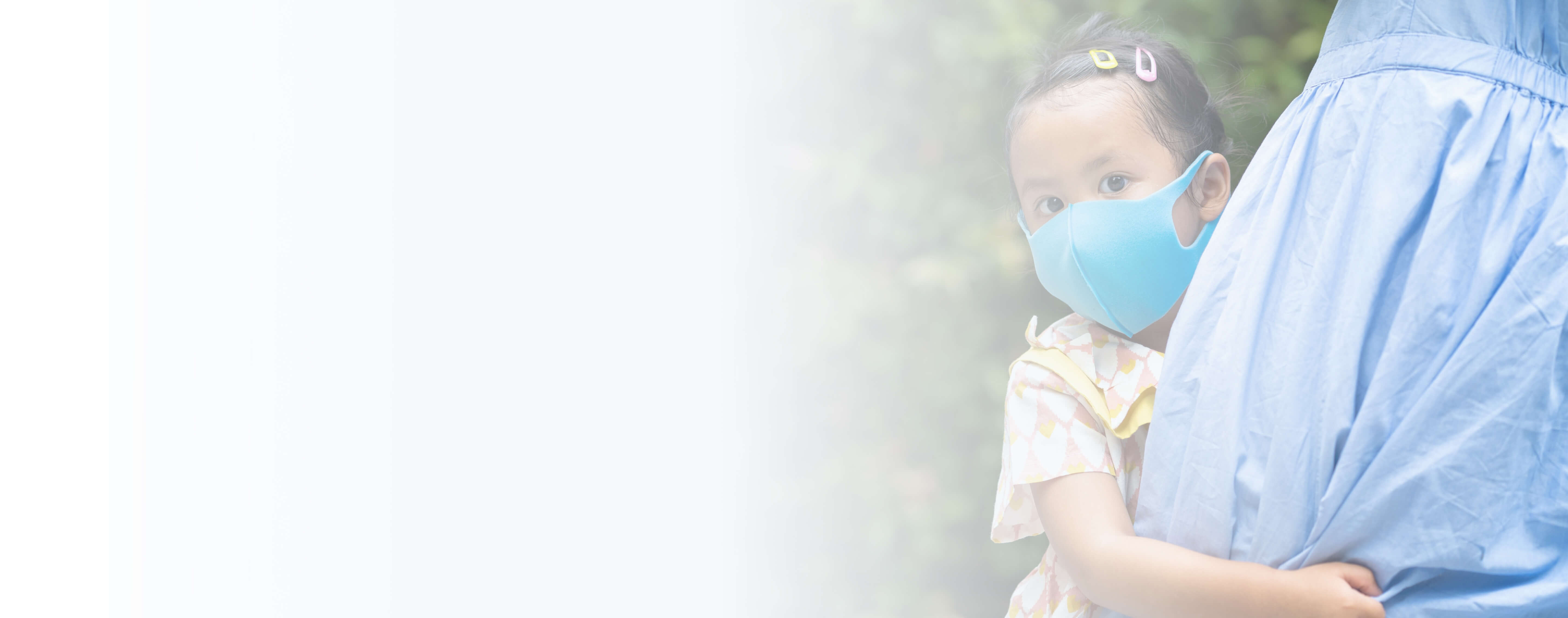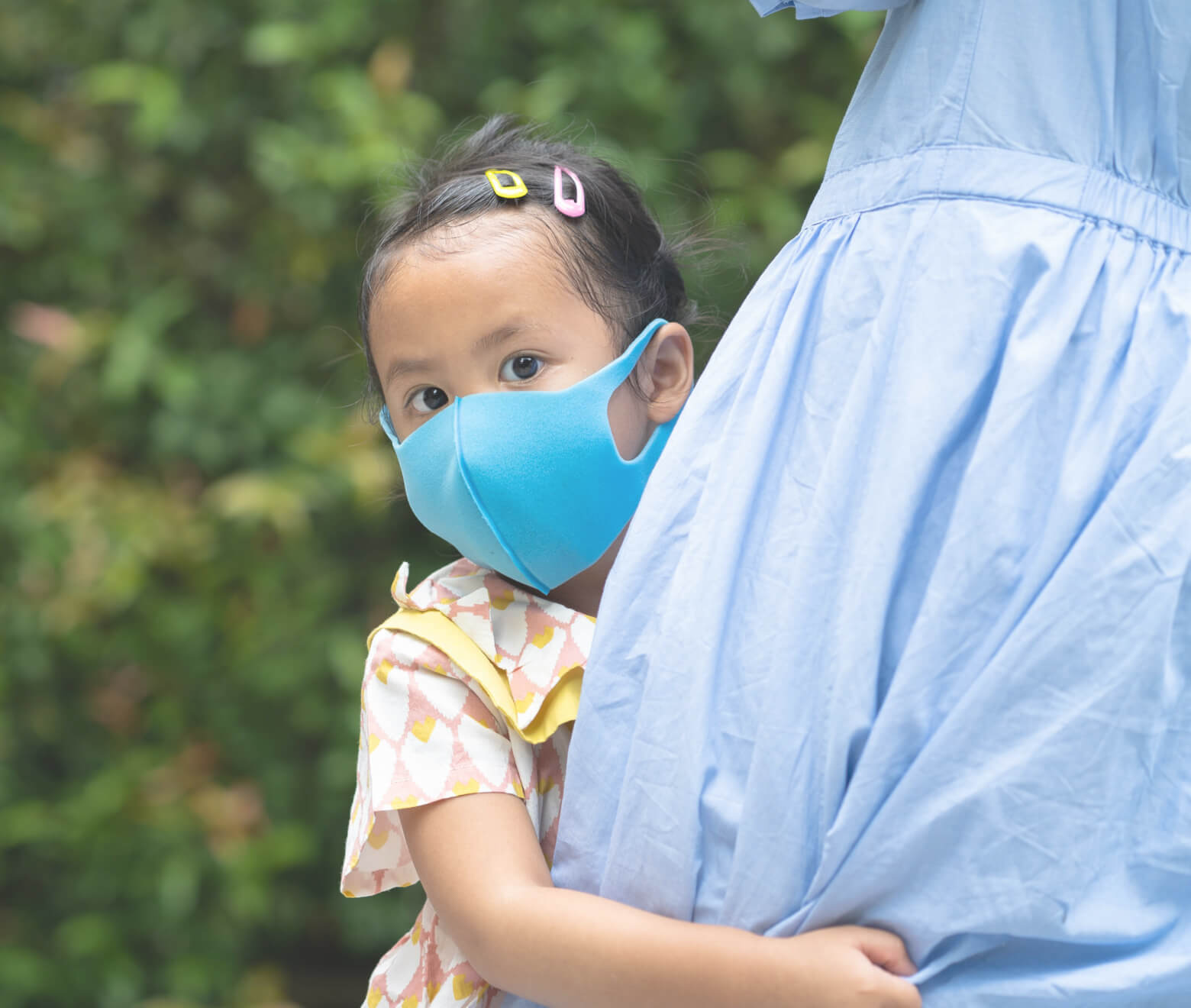Respiratory Syncytial Virus (RSV) is the most common cause of acute lower respiratory tract infection in children less than 5 years old worldwide.1,2
It causes an estimated 33 million cases, 3 million hospitalisations and 60,000 deaths annually.1
RSV infections can lead to serious conditions like bronchiolitis and pneumonia in infants and young children, often requiring hospital care.1
In Singapore, RSV results in approximately 33 hospitalizations for every 1,000 babies under 6 months.1
For children aged 6 to 29 months, around 13 in every 1,000 are hospitalized due to this virus.1
In infants younger than 6 months old, severe cases may lead to apnoeic episodes, which are periods during which the baby abnormally stops breathing.3
Severity of the infection range from mild to severe, with symptoms generally appearing 4 – 6 days after exposure to the virus.3
Here are the critical signs to watch out for and immediate medical attention is crucial in such circumstances:3
A blue tint to the lips or fingernails
Persistent refusal to feed
Lethargy or rapid breathing



